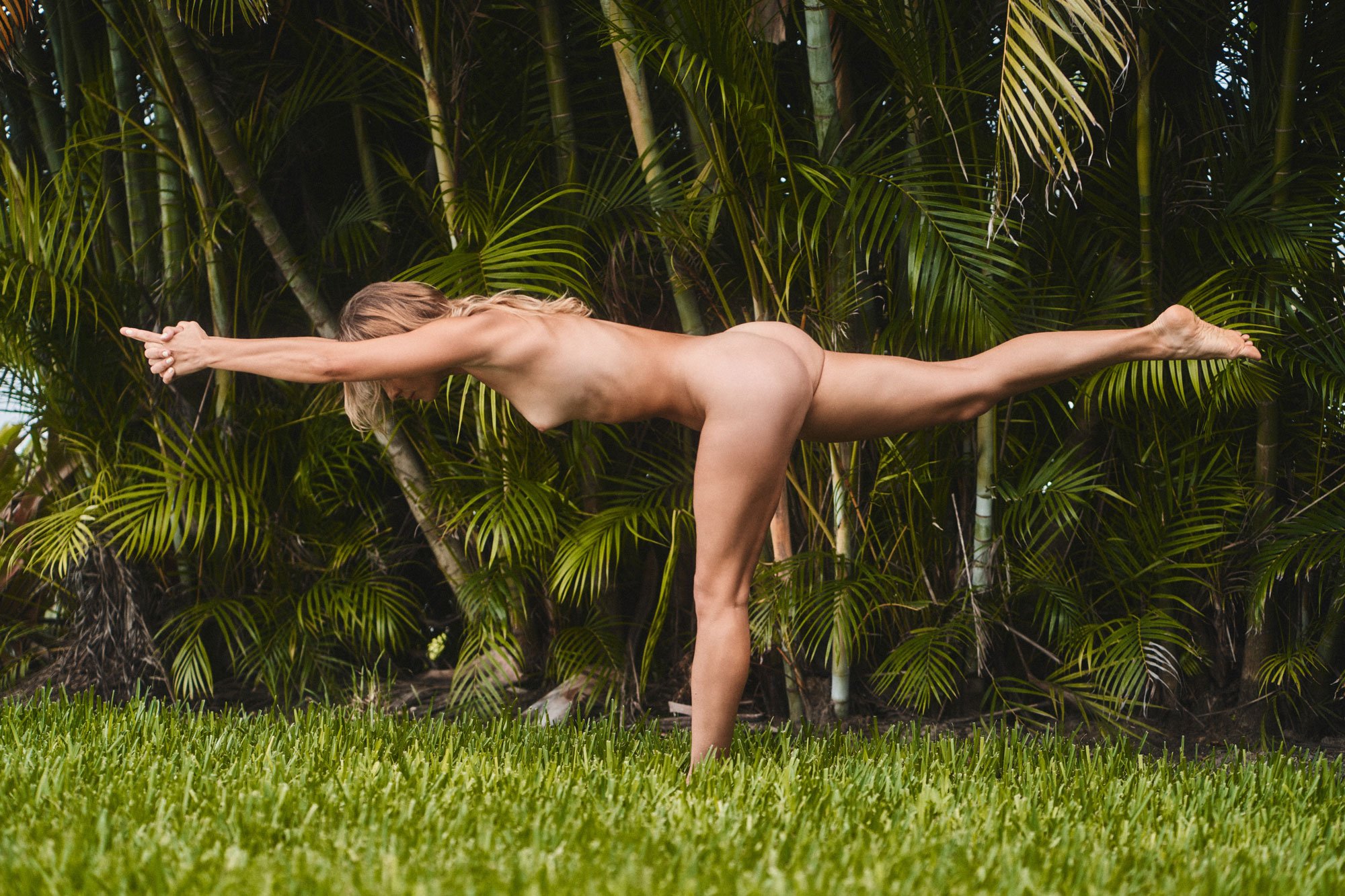Warrior III Pose
Virabhadrasana III
Warrior III pose, also known as Virabhadrasana III, is a dynamic and challenging yoga posture that builds strength, balance, and focus. By practicing this pose, you can improve your stability and cultivate a sense of inner power, all while strengthening your legs, core, and posture.
Common Name: Warrior III
Sanskrit Name: Virabhadrasana III (vee-ruh-buh-DRAHS-uh-nuh)
Level: Intermediate
Target Areas: Hamstrings, Back, Shoulders, Core
Warrior III pose, or Virabhadrasana III, is a powerful and dynamic yoga posture that demands strength, balance, and concentration. This pose offers a multitude of benefits, such as enhancing stability, toning the legs and core muscles, and improving posture and alignment. It also challenges practitioners to cultivate mental focus and build a sense of inner resilience. Warrior III derives its name from the fierce warrior, Virabhadra, in Hindu mythology, symbolizing the strength and courage required to maintain balance and stability in this challenging pose.
Warrior III Pose Steps
Step 1
Start in Tadasana, Moutain Pose, and draw your hands into prayer at heart center.
Step 2
Start to shift your weight into your right foot, distributing the weight evenly between the heel and the ball of the foot.
Step 3
Begin to slowly lean forward with your torso as you draw your left foot up and back.
Step 4
Reach forward with the crown of the head and back with the left leg, and continue tilting forward until your torso and left leg are parallel with the floor.
Slightly more difficult Warrior III variation with hands in prayer.
Step 5
Engage the core and standing leg, keeping a slight microbend in the standing leg in order to not lock out the knee. Engage the back leg and flex the foot so that the toes point down towards the earth.
Step 6
Make sure the hips are squared with the mat.
Step 7
If you feel balanced, you can extend the arms straight out overhead, so that they are aligned with the ears.
Step 8
Release on an exhale and repeat the other side.
Modifications
If you can’t reach your hands to the ground you can use a block until you can eventually work them to the floor.
More advanced yogis may be able to reach the crown of their head all the way down to the ground.
Benefits
• Stretches the legs and back muscles
• Lengthens the spinal column
Cautions
• Spinal injuries or disorders
• Late stage pregnant people and seniors should avoid this pose due to risk of falling; try seated version instead
• High blood pressure
• Vertigo
• Migraines
• Ankle injury






